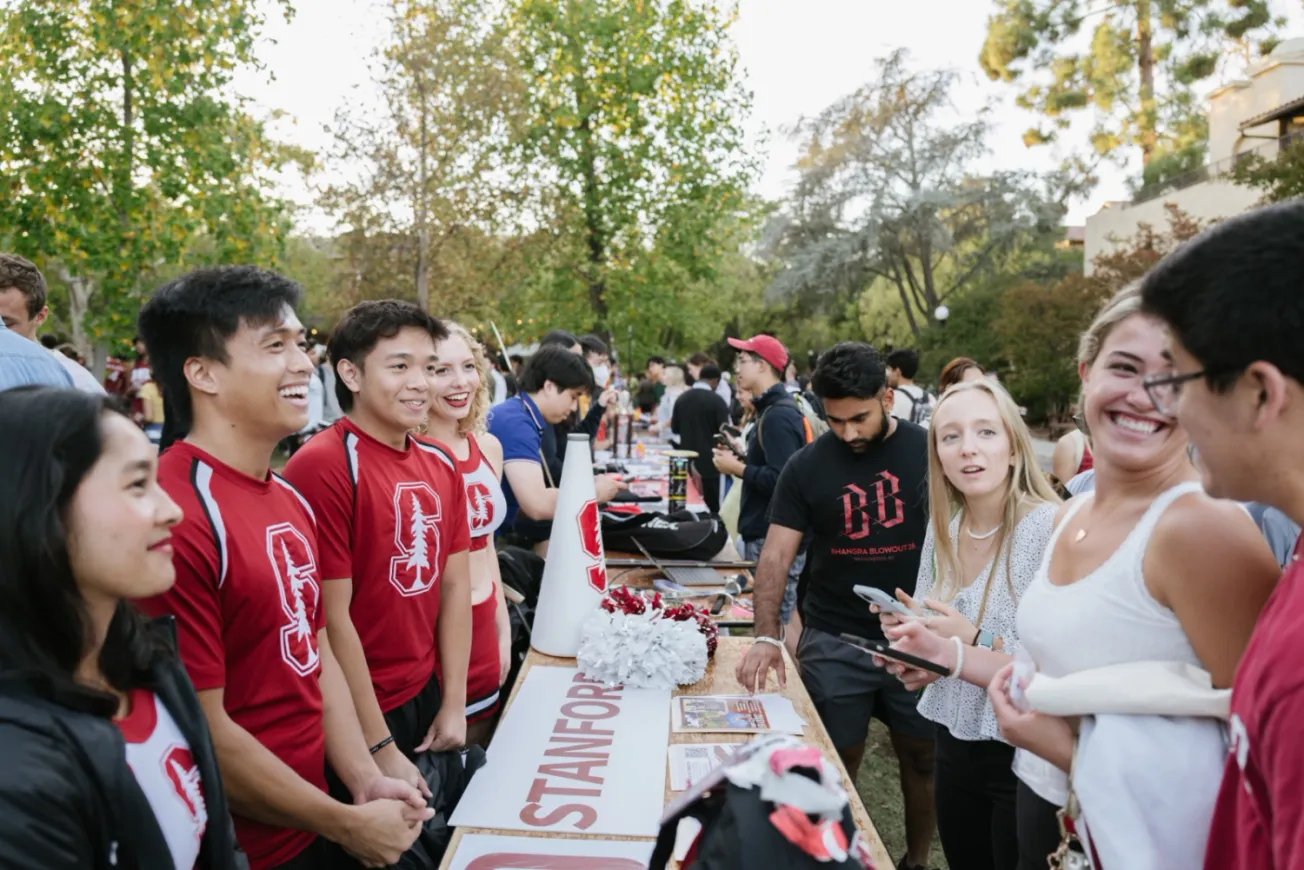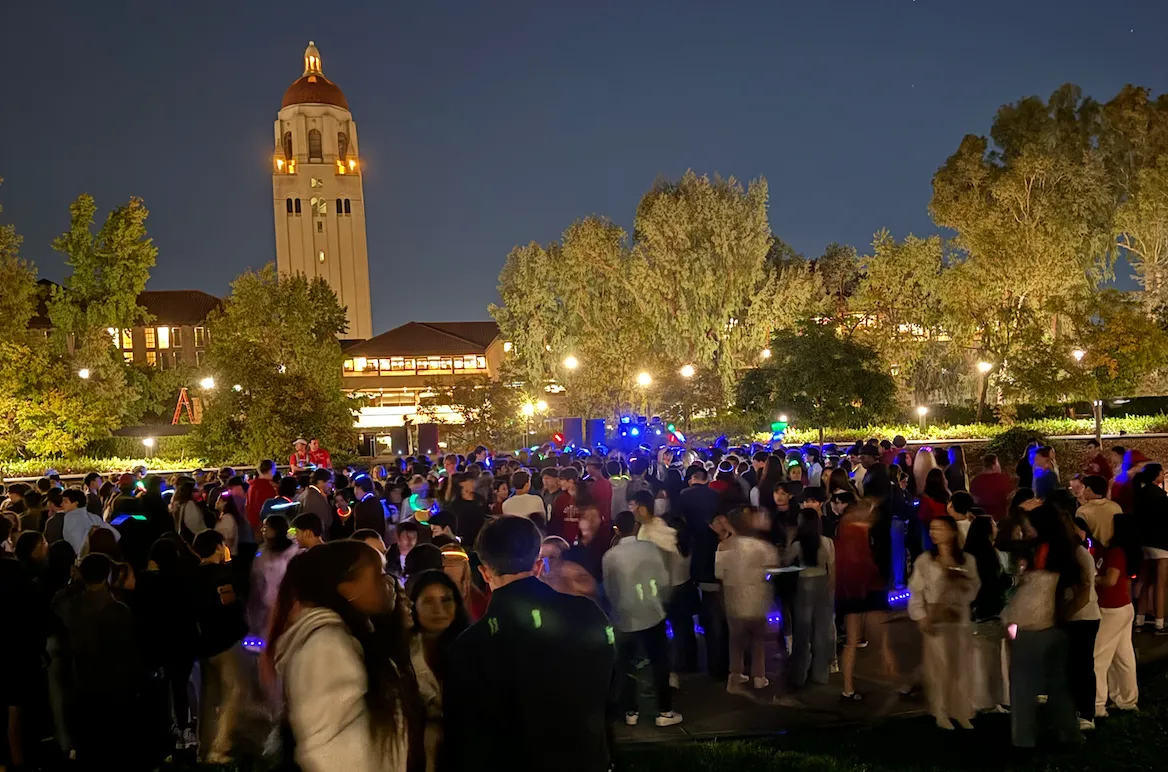Table of Contents
Just when the freshman class starts to settle in at Stanford, a new rush of applications begins: club applications. “Competitive clubs” such as Stanford Consulting, the Stanford Debate Society, and even Stanford Club Soccer host info sessions, events, tryouts, and interviews, sometimes numbering multiple rounds, just to decide who can enter their communities. This messy process irks even the most patient students, and its extreme gatekeeping prevents clubs from flourishing and truly benefiting all of campus.
Most clubs are incredibly selective with long, convoluted processes. Whether it is Stanford Consulting where even those working professionally in consulting often do not make the cut, or Stanford dance teams boasting acceptance rates as low as 25 percent, the exclusivity of clubs transverses all facets of campus life. It is not uncommon to undergo a written application, followed by multiple rounds of interviews, just to be rejected from a coveted club. This dejecting process not only represents an extra burden to freshmen still trying to find their feet at Stanford, but also makes the University a draining place when applications and interviews all come due.
The frontloading of the club application process early in Autumn Quarter benefits only those who already have significant exposure to whichever club they are joining. This unfairness biases people to not explore new interests in college, but instead double down on activities they already know how to do from past exposure.
Yet freshmen still flock to these applications, hoping to find a community, a passion, or perhaps just another entry on their résumé. Some clubs truly allow members to do incredible things, such as consult for leading companies or fly across the country for debate tournaments. Most, however, exist more in name than in reality, as something to put on LinkedIn and then forget about. All clubs attract freshmen with their advertising at club fairs and info sessions, where they sell themselves as the place to be on campus—just to reject most of those who apply straight afterward.
There are many ways clubs could begin to solve their problems. They could admit more students and expand recruiting times to create more open access that would benefit the entire Stanford community and allow inexperienced freshmen to demonstrate a commitment. They could even host second teams, such as Stanford Frisbee does, so that people can remain involved with the sport. These proposals are not universally applicable, of course; different solutions may work for different types of clubs. They would, however, improve the club experience at Stanford by making them work for the students who fund them.
Unfortunately, it is highly unlikely that any exclusive club will pursue such reforms. The explanation for this reluctance—the heart of the issue itself—is simple: Clubs limit their own membership to maintain their “prestige.”
Stanford clubs value prestige for the same reasons the University values a low acceptance rate. The more selective in its membership a club is, the more elite it will appear to the general population. Exclusivity elevates the status of each individual within the club, from someone who simply signed their name to someone who overcame trial by fire. It allows membership to mean so much more for those inside the club’s walls, as they become prestigious organizations by nature of being difficult to get into.
The problem with this artificial exclusivity is that far too many are shut out from clubs as a result Clubs should serve the Stanford community as a whole which provides their budgets, rather than just their own existing leadership and members.
While there is some concern that the quality of clubs for existing members would deteriorate should membership expand, this issue is mostly a moot point. In the vast majority of clubs at Stanford, most members are inactive. There are many slots that are occupied in name only, and therefore could be reassigned to those who would actually use them. Secondly, efforts can be made to ensure that the club experience is simply afforded to more members instead of diluted—by running more projects or a second sports team, for example.
The current process of club admissions is deliberately geared against the interests of the Stanford community at large. They are set up to serve a very narrow group of students, and disproportionately benefit those most fortunate. Stanford needs to reform the standards of club membership to finally unlock the full benefits that student groups can provide.








